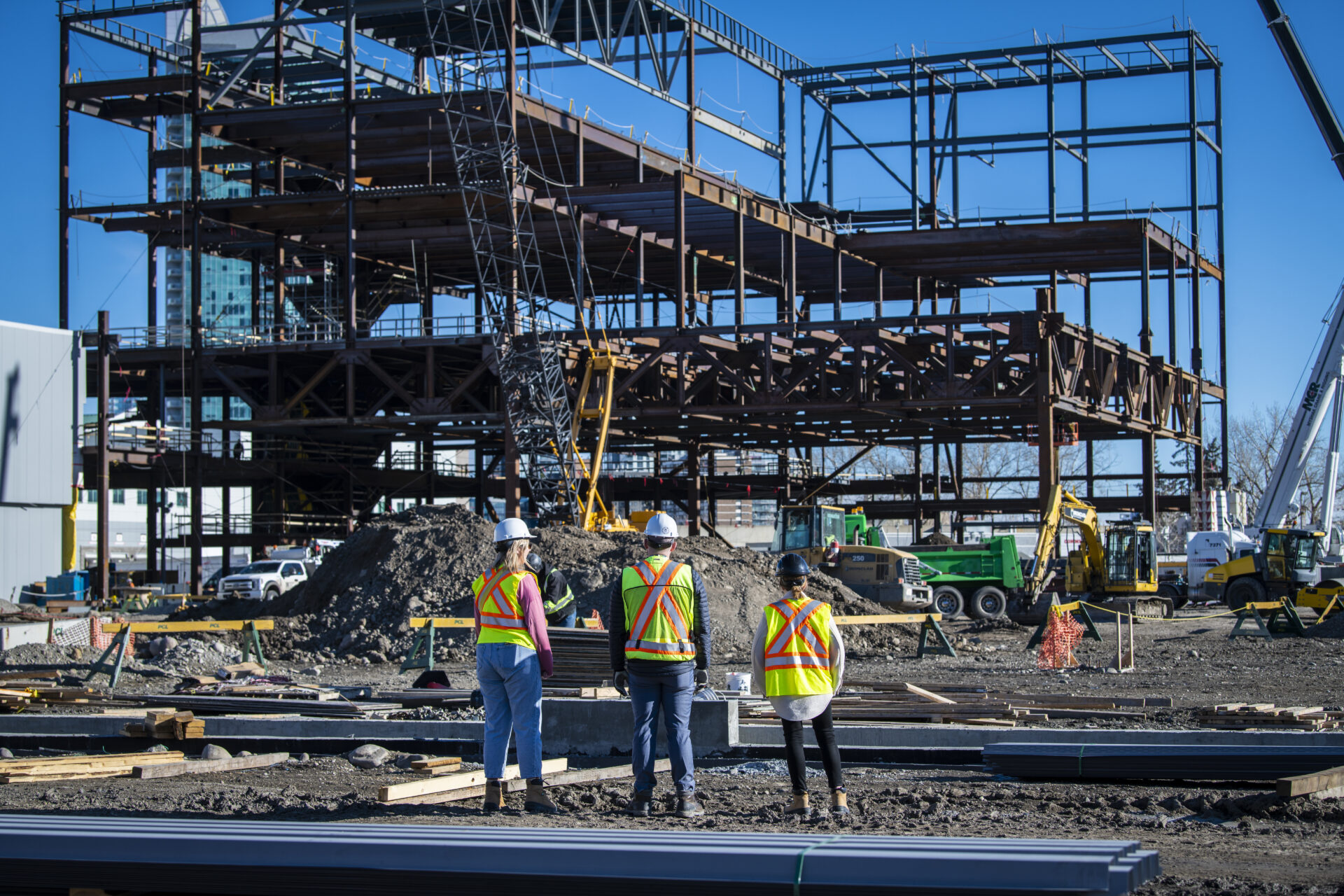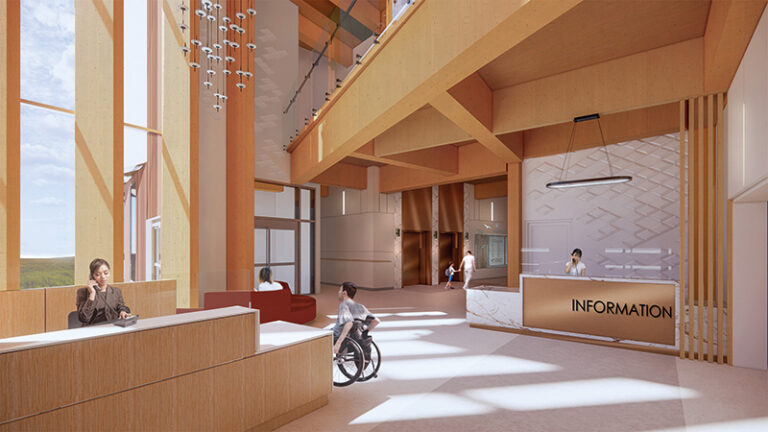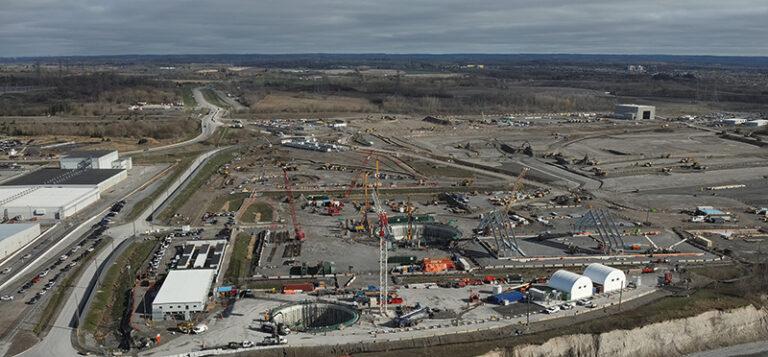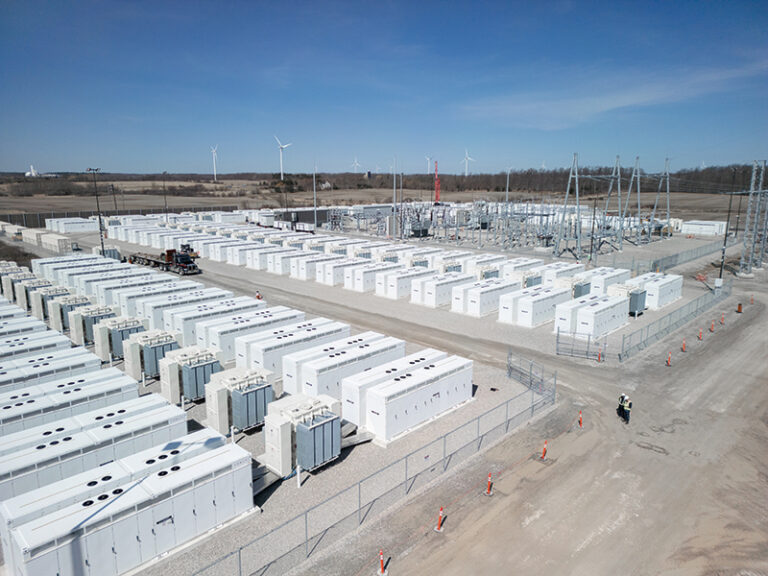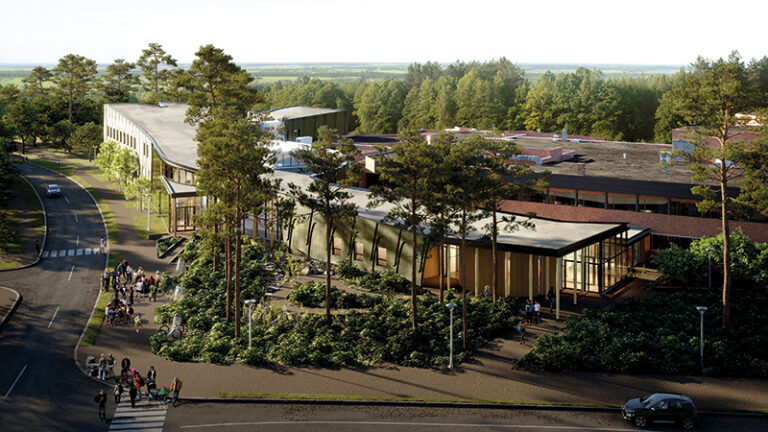Changes are needed to Canada’s immigration system to ensure the construction sector can respond to growth
By Bill Ferriera
Canada is building at a rate never seen before.
Over the next 10 years, the construction sector is anticipated to start work on, or deliver, more than $450 billion worth of residential and non-residential projects. These are the homes, roads, schools, community centres, light rail transit lines, office buildings, manufacturing facilities, and warehouses that Canadians depend upon every day to live their lives and further their livelihoods.
And while this news is undeniably good—construction activity is a visible sign of economic growth—the sector has been struggling to keep pace with demand even prior to the onset of the pandemic. The gap between demand and the available supply of workers will only expand over the next decade as more than one-fifth of the industry’s current workforce becomes retirement eligible.
By 2033, BuildForce Canada projects the construction industry could face a hiring gap of more than 85,500 workers. Closing it will require the industry to not only enhance its efforts to recruit new entrants among traditional channels such as provincial apprenticeship systems, but also diversify its hiring approaches to encourage workers from traditionally under-represented groups—including women, Indigenous Peoples, and newcomers to Canada—to join its ranks.
This last group has historically been a strong contributor to construction’s labour force. For generations, new arrivals from overseas prided themselves on practising their trades in Canada. Their diverse skills and talents enabled the industry to respond effectively to the rising demands for construction services across the country, particularly during the post Second World War era. At the same time, they helped to build out the homes, schools, and other assets required to integrate quickly into the fabric of Canadian society.
Things have changed since. The last 30 years in particular have seen a shift in Canada’s immigration-selection policy that has disproportionately favoured university-educated individuals and has by extension left the construction sector with greatly diminished access to the vast pool of international talent it desperately needs.
BuildForce Canada published a report earlier this year that examines the current state of immigration policies at the national level and across Canada’s provinces and territories. Developed with the support of a variety of stakeholders from across the construction sector, the report concludes that Canada’s immigration system is flawed when it comes to supporting construction’s personnel needs. It advances four consensus principles for consideration to help guide immigration reforms. These principles were designed to improve the sector’s access to skilled workers from abroad to help mitigate the development of future labour force gaps and enable the industry to continue to deliver the homes, roads, bridges, and offices that Canada needs to maintain its global economic competitiveness and high standard of living.
Briefly, those principles are:
- Reform the Express Entry system to reward workers with the valuable skills or the willingness to work in construction, and to better reflect and respond to domestic labour force priorities.
- Enhance coordination among federal and provincial immigration programs to ensure that goals are transparent and aligned, and to enable the construction industry to coordinate domestic training and recruitment programs with the projected inflow of permanent residents.
- Ensure the federal government consults with industries, including construction, when establishing national immigration targets.
- Encourage provincial and territorial governments to adopt competencies-based skills assessments of foreign credentials to better match newcomers with job opportunities that align with their skills.
Given the volume of construction projects planned and underway—and saying nothing of the potential labour force implications of public-policy imperatives to build millions of new housing units and eliminate the dependency of buildings on fossil fuels—there can be no better time to implement such measures.
Change of this nature and scope will help Canada build a more adaptable and responsive immigration framework that effectively addresses the acute skilled labour shortages faced by a multitude of industries, including construction, that depend on skilled trade workers, and which contribute to the continued growth and prosperity of Canada’s economy and society.
Bill Ferriera is the Executive Director of BuildForce Canada and a member of ReNew Canada’s Editorial Advisory Board.
[This article originally appeared in the July/August 2024 edition of ReNew Canada]
Featured image: (CMLC)

